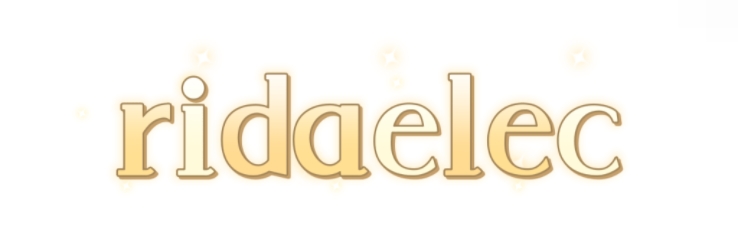How Does RGB Color Mixing Work?
Understanding RGB Color Mixing
Have you ever wondered how colors are created on your screens? It's all about RGB – Red, Green, and Blue. These three colors mix together in various ways to create the colorful images we see every day. Let’s explore how RGB color mixing works!
1. The Basics of RGB
RGB is short for Red, Green, and Blue. These three colors are known as primary colors in the digital world. When combined, they form various other colors.
“So, how does it actually work?” you might ask. Good question! The RGB model uses light to generate colors. When you mix the three colors together, different combinations lead to different results.
2. Additive Color Mixing
In RGB, color mixing is additive. This means that when you add colors together, they get lighter. For example, if you mix red and green light, you’ll see yellow!
This is different from traditional painting. In art, colors mix subtractively. The more colors you add, the darker they become. But with RGB, it’s the opposite!
3. The Color Wheel
Think of a color wheel. When you look at it, you can see how colors relate to one another. RGB works similarly. Here’s how:
- Red + Green = Yellow
- Red + Blue = Magenta
- Green + Blue = Cyan
Each pair of colors creates a new color! When all three colors (red, green, and blue) mix evenly, they create white. “So, more light means brighter colors?” you may ask. Exactly!
Related links:The Benefits of Choosing Tree&Pillar Light Vendor
Top Tree & Pillar Light Vendors to Elevate Your Space
LED Street Light Buyers Guide
Why don t hotels use overhead lights?
8 Steps to Turn Your Bedroom Into a 5-Star Hotel Room
Top 10 Questions about LED Lights
Why It Matters Whether Your Home Faces North, South, East, or West
4. Brightness and Intensity
The intensity of each color affects the outcome. If you want a brighter color, you can increase the amount of red, green, or blue.
“Can we control this?” Yes! Designers and artists manage brightness to create stunning visuals. By adjusting the intensity, they craft images that pop and engage.
5. Applications of RGB
RGB color mixing isn’t just for art. It’s everywhere! From screens to digital cameras to LED lights, RGB shapes our visual experience.
For instance, in web design, artists use RGB values to determine how colors appear online. If you want a specific shade of blue, you can use its RGB value to get it just right!
6. Conclusion
So, what have we learned about RGB color mixing? It’s a simple yet fascinating way to create colors using light. Whether adding red, green, or blue, the combinations are endless!
If you're looking to explore more about RGB, or if you need a reliable supplier for lighting solutions, feel free to contact us. We are here to help with all your color and lighting needs!
If you want to learn more, please visit our website smd 3030 led strip, smd led current, smd led pcb board.
Related links:18 Best Office Lighting Options For Optimal Productivity [2023]
5 Commercial Benefits of Switching to LED Lighting
What is the best color light for a chandelier?
Securing Your Home Correctly
How to Choose a Modern Chandelier - Styles & Types
How LED Wall Washer Lights Transform Event Spaces?
Maximize Your Business: Surface Facade Light Export Guide





